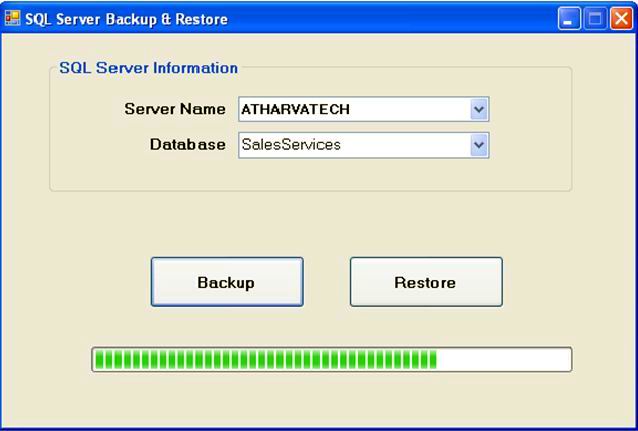

Moreover, SQL skills are in high demand because almost every technical role in such industries as Finance, Accounting, Web Development, and Digital Marketing require an understanding of SQL.Designed to meet the needs of database administrators, developers, and small and medium businesses, Navicat is built with an intuitive GUI which lets you create, organize, access and share information in a secure and easy way. It can also enhance your logical thinking and problem-solving ability.

Learning MySQL with the help of our Mastering series will help you to quickly understand how database management systems operate in general. In addition, this book walks you through the most common tools for generating backups in several formats and shows what types and characteristics are there. It aims to teach, step by step, about MySQL compatibility with various models, capacity to produce new models, support for common modeling activities, and management of relationships and dependencies between models and their items. This book serves as a blueprint to the entire lifecycle of a MySQL Cluster installation, starting with the installation and initial configuration, moving through online configuration and schema changes, and concluding with online upgrades. In this Mastering MySQL for Web guide, you will learn about database fundamentals, MySQL Workbench, MySQL basics, Normalization, Data sorting in MySQL, MySQL functions, Advanced MySQL operations, and many more exciting concepts about MySQL. It provides multi-user access to support many storage engines and is backed by Oracle. MySQL is an open-source relational database management system that works on many platforms in conjunction with PHP scripts to create dynamic server-side or web-based enterprise applications. We shall look at how fast, scalable, and easy to use this database management system is compared to Microsoft SQL Server and Oracle Database.

Mastering MySQL for Web: A Beginner's Guide attempts to explain why MySQL is considered to be one of the most popular relative databases on the market, scoring great points at critical parameters such as the number of downloads, mentions in search results, and frequency of technical discussions on Internet forums. How do you think we can handle this data? To solve our problems with large-sized data, MySQL shines bright as it is built to handle data pools of all sizes with ease. In real-world applications, we see large amounts of data being generated on an hourly basis.


 0 kommentar(er)
0 kommentar(er)
